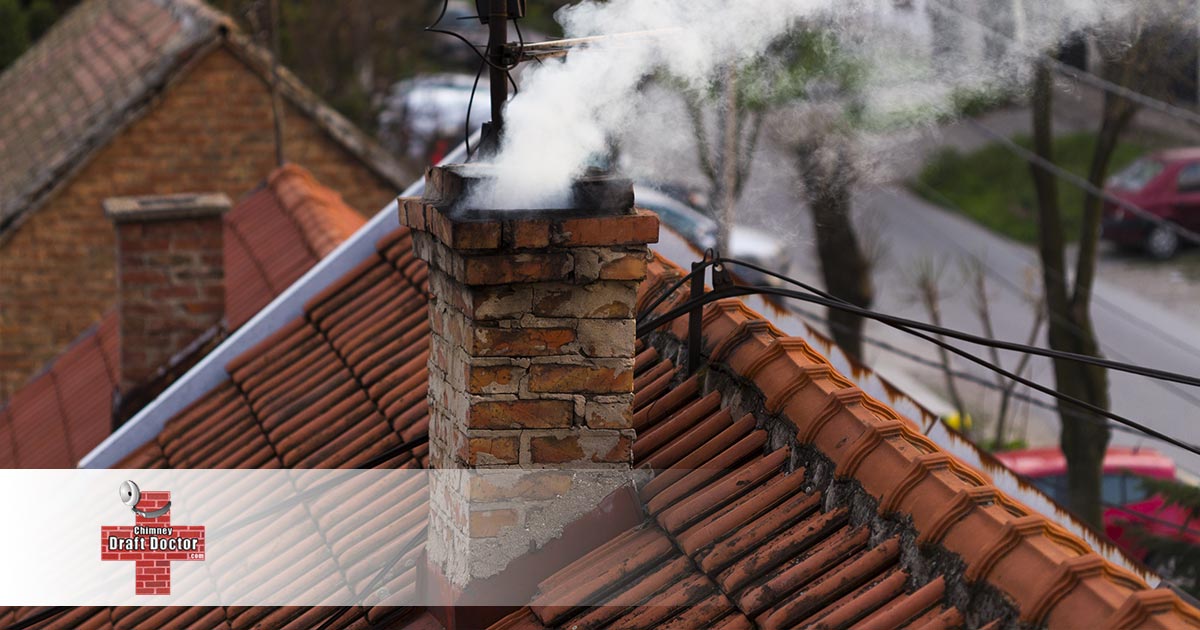

Did you know that a fireplace is considered the most natural and warmest way of heating your home? Chimney Fires can quickly burn up to 2000 degrees, which is extremely hot. Now you know!
If you have a chimney in your home that you use to warm your home during winter, there are many things that you probably didn’t know or haven’t thought about concerning your fireplace. Here are a few things to keep you updated.
What Should You Do If You Have a Chimney Fire?
A fire can be a frightening experience, especially if you don’t know what to do. It can be potentially dangerous to your entire family and property. That is why knowing what to do is essential. The first and most obvious thing to do is to ensure that everyone, including you, is safe.
Evacuate the family, including pets, before attempting to put it out. Close any opening into the fireplace to deprive oxygen that supports burning. The best way to put off the fire is to throw a generous amount of sand or baking soda into the fire. You can also use a fire extinguisher or fire expressant. Lastly, call an expert to come and assess the damage.
What are the Signs of a Chimney Fire?
So how do you identify these fires? The first telltale sign is some loud cracking or popping noises. You can also smell an intense burning smell coming from your fireplace, followed by an unusual dense smoke. Some homeowners report thunderous sounds that resemble a plane, gunshot, or train. Not all fires are obvious, so pay attention to the signs and act before the fire overwhelms the entire house.

How Likely is a Chimney Fire?
While these fires aren’t that common, they do happen. A fire can quickly turn things ugly if not well taken care of. Most fires are a result of huge flames in the lower fireplace moving upward that burn, crack, melt and warm the metal or masonry on the walls. While most tragedies are usually preventable and less fatal, these fires cannot be underestimated as they can put lives at risk and destroy homes. Failure to inspect, repair, and clean is one of the biggest causes of these fires.
What Can Cause a Chimney Fire?
The biggest culprit of these fires is the creosote, which is a highly flammable dark-brown matter that coats the chimney walls whenever the by-products of the fire condense and move from the hot fireplace to the cooler places. When the creosote builds up and becomes thick enough, it can easily catch fire and begin burning.
This fire can spread up the flue and cause the entire stack to burn. That is why you need to hire a professional to inspect as well as clean the walls to ensure that they are in optimal condition for the next heating. You can hire a professional to help clean the entire thing and also inspect faults that could lead to a fire break out.
Will a Chimney Fire Burn Itself Out?
Most chimney fires, especially those that are non-hazardous, usually burn themselves down. However, that doesn’t mean they should be ignored. The material will eventually burn and go out, but before that happens, it can set the parts of the house around the fireplace on fire. It could also make the flue crack.
That means that putting out the fire is the surest way of keeping your home safe. Ignoring a fire can have severe consequences on your family and property. If you suspect a fire in your chimney, don’t ignore it. Act by closing all the doors and throwing sand in there to put out the fire before it is too late and call a professional to inspect the damage.
Don’t wait till a fire breaks out in your home to get your chimney inspected. Chimney Draft Doctor has everything you need to ensure there are no fire breakouts in your home. Contact us for equipment rental or inspection service bookings today!
